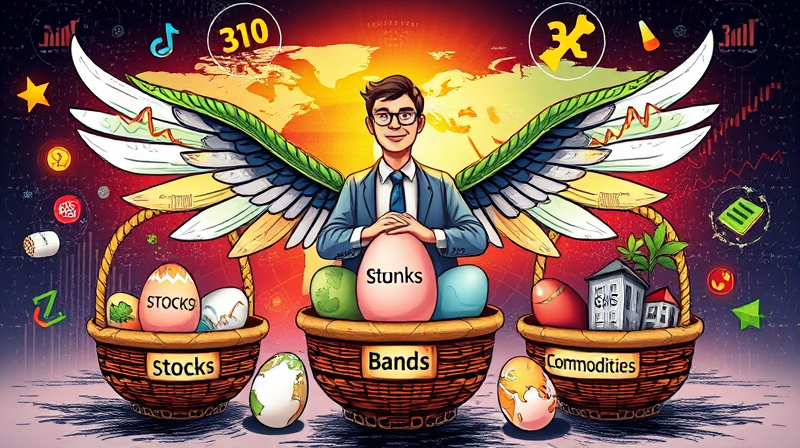
Behavioral finance offers a groundbreaking lens through which to view investor behavior, challenging the assumption that markets operate under perfect rationality. By exploring the psychological influences and cognitive biases that shape decision-making, this field reveals why even experienced investors can stray from optimal strategies and incur significant losses.
Understanding these hidden forces is essential for anyone who seeks to improve portfolio performance, manage risk more effectively, and build resilience against market turbulence. In this article, we delve into foundational concepts, explore key biases and their real-world impacts, and provide actionable solutions to help investors navigate the complexities of financial markets with greater confidence and clarity.
Behavioral finance examines how human emotion, social pressures, and cognitive shortcuts influence financial decisions. Unlike traditional finance—rooted in the Efficient Market Hypothesis and the notion of risk-averse, fully rational actors—behavioral finance acknowledges limits to self-control and reasoning and recognizes that investors often rely on mental shortcuts.
These mental shortcuts, or heuristics, can produce systematic deviations from rationality. Over time, these deviations aggregate into persistent market inefficiencies and anomalies that challenge standard valuation models and create opportunities for both mispricing and misjudgment.
Investors face a variety of biases that can imperil long-term objectives. Below is a concise overview of the most prevalent biases and their typical consequences:
While each bias operates through distinct mechanisms, they often overlap and exacerbate one another. For example, overconfidence can amplify the disposition effect, convincing investors they can time exits perfectly, only to regret missed gains or endure larger losses.
Knowledge of these biases alone is not enough. Investors must also recognize how emotional triggers, social influences, and cognitive shortcuts converge to distort judgment at critical decision points.
Biases stem from three broad categories of psychological influence:
These mechanisms operate both consciously and unconsciously, reinforcing patterns of behavior that can prove costly over time. By mapping these pathways, investors can design interventions to interrupt harmful cycles.
Behavioral biases manifest at the aggregate level, shaping market trends and creating pockets of mispricing. Periods of exuberance—driven by herding and overconfidence—can inflate asset bubbles, while panic selling under recency and loss aversion accelerates downturns.
Empirical studies reveal that only about 25% of actively managed funds outperformed their benchmarks over the last decade. Meanwhile, roughly 64% of investors rate themselves as highly knowledgeable, yet their performance often falls short of these self-assessments due to human emotions and cognitive errors.
Investors can adopt practical measures to counteract their innate biases. The following strategies have proven effective across diverse market environments:
By integrating these insights and techniques, investors can build more robust portfolios and respond to market shifts with composure. Key takeaways include:
Ultimately, the journey toward mastery of one’s own mind is continuous. As markets evolve, so too will the nature of biases and the challenges they present. By staying informed, reflective, and disciplined, investors can transform behavioral pitfalls into opportunities for differentiated performance and lasting success.
References













